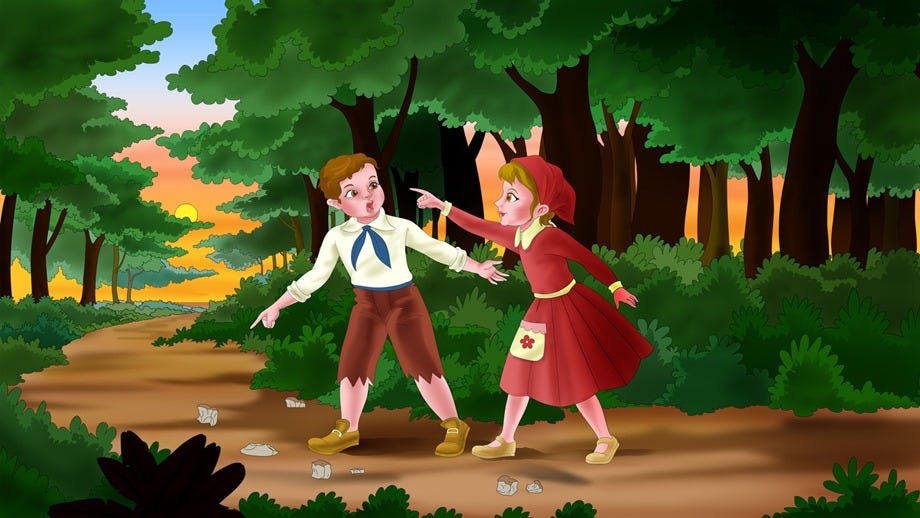In this article, Alison Wynn (a researcher at Stanford) summarizes her own recent article, in which she analyzed the findings of a year-long case study of a Silicon Valley tech company’s gender equality initiative.
As is typically the case with summaries, an author is trying to do justice to the original text (representing it for what it is), while also working toward their own distinct purpose. Here, for Wynn, that is bottom-lining the findings for a different audience and objective–trying to open up a new kind of conversation around the role that organizations (and not just individuals) must play.
Pay attention to how she works with research in here. Within this article, Wynn provides a lot of linked resources, which function both as a sort of bibliography (here are some of the sources I’m working with…) and as a reading list for those who want more (if you think this is interesting, check this out….). Consider the first one, which links to this article, itself a compendium of a whole bunch of different sources.
Giving her readers access to this lets Wynn build upon that informational foundation without taking up a lot of space in her text. It also gives interested readers a lot more to work with (and a lot more reason to trust Wynn as knowing her stuff). Each of you will follow up on one of the other resources she links and give us a sense of what’s in there and how it’s valuable (both to Wynn and to us, readers who might be looking to use this new knowledge).
Also pay attention as you read to her section headings–she’s setting up a careful logical chain. These headings are kind of like breadcrumbs (think Hansel and Gretel) for the reader to follow 
We can learn from that, of course, about a way to organize our ideas to make them as usable as possible for our readers. As we head into Unit 3, that’s going to be an important consideration–not just writing for ourselves or for me (a teacher reader), but for an audience who needs to hear what you have to say and needs to be able to act on it or make use of it in some way.
Once you’ve read through Wynn’s article, follow up on your assigned link (see the announcement on Blackboard for those assignments). Then, post your responses to these 2 questions (everyone should answer both):
- Give us a capsule summary of the linked article/resource that you explored. What is it? what’s in there? what’s valuable about it? what does it add to Wynn’s article?
- Who do you think would most benefit from reading this article, and why? (in other words, who do you think her target audience is or ought to be?) Select one passage (a sentence or two) from the article, and explain why you think this segment would work especially well for that group of readers. Please quote the passage in your response.
